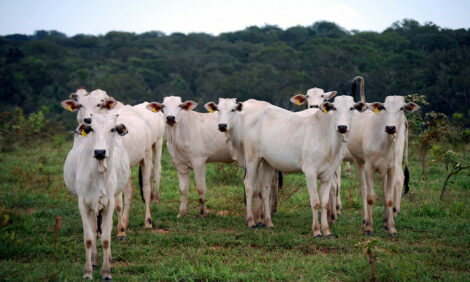



Taste, Health Affect Consumer Choices for Milk, Nondairy Beverages
US - In recent years, retail sales of fluid milk have experienced significant change and per capita consumption has decreased at a rate of 830 mL per year since 1975. Between 2011 and 2014, sales of fluid milk have decreased 3.8 per cent but the amount of nondairy, plant-based beverages sold increased 30 per cent between 2010 and 2015.To learn more about what affects consumer decisions regarding fluid milk purchases, researchers from North Carolina State University used surveys, conjoint analysis, and means-end-chain analysis to uncover the underlying values among dairy milk and nondairy beverage consumers. The results of the study highlighted the most important factors for both milk and nondairy beverages, which were the same: they must be healthy and taste good.
No previous work directly studied values held by consumers and how those attitudes influence milk purchases. To assess this, a survey was completed by 999 primary shoppers between 25 and 70 years old, 78 per cent female and 22 per cent male, who reported purchasing dairy milk, nondairy beverage, or both at least two to three times per month.
Most consumers (87.8 per cent) did not follow a specific diet or claim to be lactose intolerant (88.4 per cent). Twenty-seven percent of consumers purchased one or both beverages more than once a week, 47.0 per cent purchased one or both beverages once a week, and 25.0 per cent purchased one or both beverages two to three times per month.
Consumers ranked fat as the most important attribute in dairy milk, whereas sugar level was most important for nondairy beverages. Dairy milk consumers reported a preference for 2 per cent or 1 per cent fat, and almost 70 per cent of dairy milk sales in 2014 were reduced or fat-free milk. Nondairy consumers preferred plant beverages that were naturally sweetened or had no added sugar.
Almond beverage was the most desirable plant-derived beverage, representing more than 65 per cent of nondairy beverages sold in 2014. Protein had universal appeal for both milk and nondairy beverages, with higher utility scores for higher levels of protein content.
"We found that consumers choose milk based on habit or because they like the flavor. Milk that is appealing in flavor could convince nondairy beverage drinkers to consumer more dairy milk; likewise, lactose-free milk or milk from grass-fed cows might also be appealing," lead author Kara McCarthy said. "By further focusing consumer education on trust building as well as nutrition, farm practice, and animal welfare, the appeal of dairy milk could be broadened."
With the results of this study in mind, along with the many features attractive to consumers of both dairy milk and nondairy beverages, the dairy industry can more effectively market and position milk as well as dispel any misconceptions.
TheCattleSite News Desk


